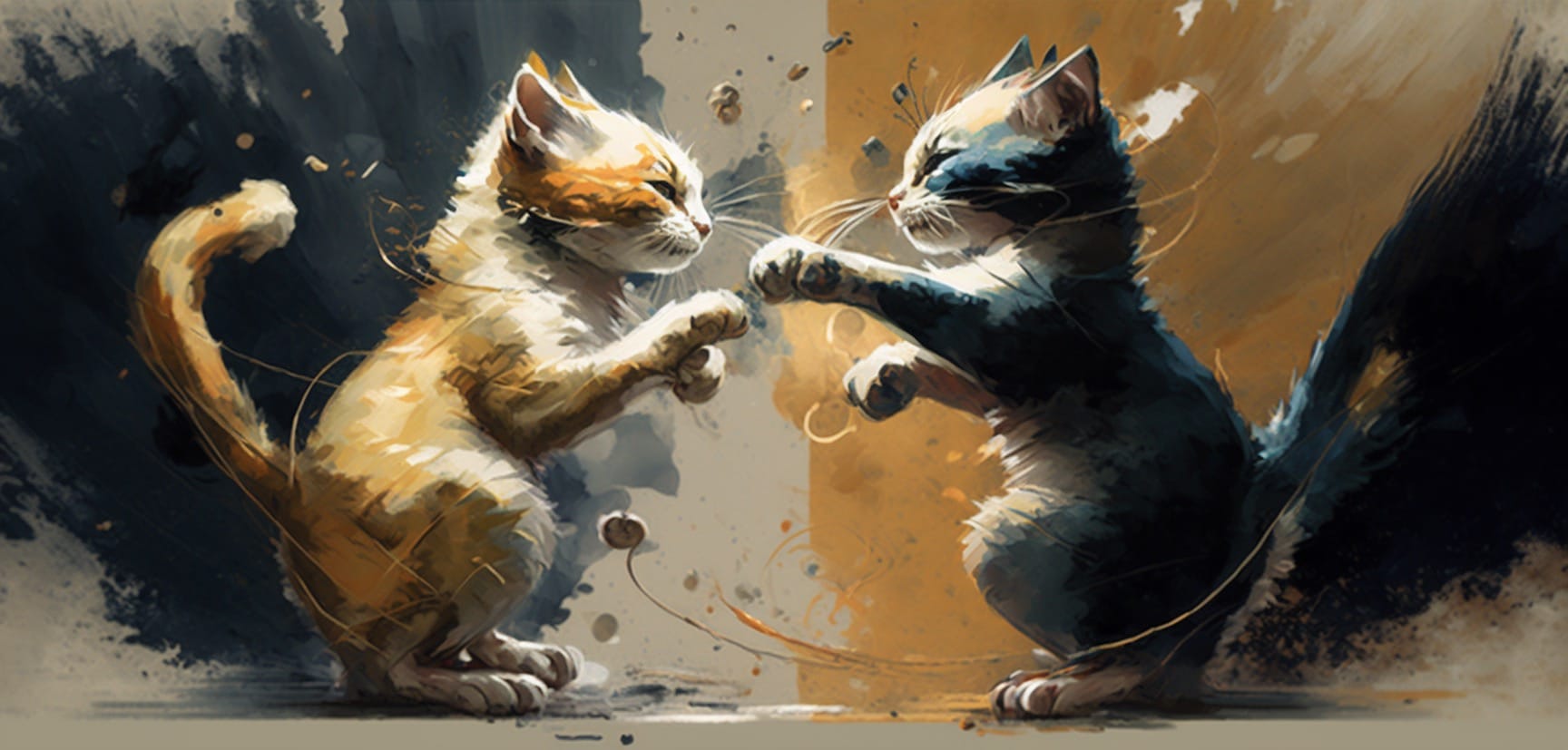This article’s canonical home is on my author site, and can be found here: https://matthew-mccray.com/posts/nary-a-plotter-nor-pantser-be
Ever since I was a young man, I’ve been consumed by the question: Why are some stories satisfying and others just feel like a string of events?
I’ve read dozens of books about the craft of storytelling over the years. I’ve formed lots of opinions. But it didn’t really come into focus for me until I started writing. Writing books, specifically.
So, when it comes to writing fiction, there are two primary camps: plotters and pantsers.
-
Plotters (aka Outliners):
- Love to plan every little detail out before writing any prose.
- Think they’ve addressed all the plot problems and know exactly what to write, thereby cutting down the number of revisions required for completion.
- Dream in bullet points.
-
Pantsers (aka Discovery Writers):
- Love to dive into the writing and let the story unfold on the page as they write.
- Think that if they are surprised by how the characters behave as the story is unfolding, so too must the readers be.
- Dream in run-on sentences.
But which approach is right? More importantly, which one is wrong?
Fight!

Wait, Stop! Don’t Fight!
Hold it. Never mind. There is no winner or loser. There is no right, no wrong, only cats with torn-up ears in this fight.
Personally, as a software developer by trade, the analytical plotter approach appeals to me. However, (for me) it leads to analysis paralysis, and I always end up getting stuck. I’ve finished story plots and felt like I’d already written the story. Why bother typing it out into 50k+ words? Scene writing becomes drudgery.
Plot != Story

Plotters tend to focus on plot, but a plot isn’t the same as a story. Characters and their actions generate the plot. For me, outlining is a surefire way to flip my brain’s analytical switch on. I get caught up in what happens next. This happens, then that, and then something else!
The few stories I’ve finished using an outline have a fundamental problem - they feel like a series of events more than an actual story. They’re unsatisfying. Oh, look at that. This is the exact thing that I’ve wondered about. How do we fix that? How do we change a list of events into a story?
What Makes A Story, A Story?
Rather than focusing on the “what” of the story, it’s better to ponder the “why”. I changed my writing process last year to be more character-driven. I’d always thought pantsers were crazy, either writing nonsense or meandering and never really going anywhere.
(Which, to be fair, is very much a danger when writing that way.)
I've looked at writing from both sides now From plot and pants and still somehow It's writing's illusions I recall I really don't know writing at all
– With apologies to Joni Mitchell
But then I tried it. And it worked.
I’ve written more fiction in the last year than I have in the previous decade, and it’s some of my best work to date. I’m not a full-on pantser, though; I get too nervous without at least a vague idea of the story I’m writing. But once I have an idea of the four or five main tentpole moments I’m trying to hit, I start writing prose. I let the characters live in the moment, which generates better, more satisfying stories. (In my opinion, anyway.)

As it turns out, I’m neither a plotter nor a pantser. I’m a plantser, and I think most writers are somewhere in the middle of the two extremes. Outlining still has its place, but only as a general guide. Iterating on it or analyzing it too much can suck the joy out of writing the prose.
So, if you’re a storyteller, you should do exactly like me because we’re the same. Oh, wait? We’re not the same? Well then, the best thing you can do is to try it both ways. If you’re naturally an outliner, pants a short story/novella. And vice versa. Find out what works for you, and then that will be the “right” way to do it.
If you’re interested in reading more about the two extremes of plotting and pantsing, here are a couple of recommendations for you:
- The Snowflake Method by Randy Ingermanson posits an interesting way to formulate a plot iteratively.
- Writing Into The Dark by Dean Wesley Smith goes into the mechanics of writing novels without an outline.
